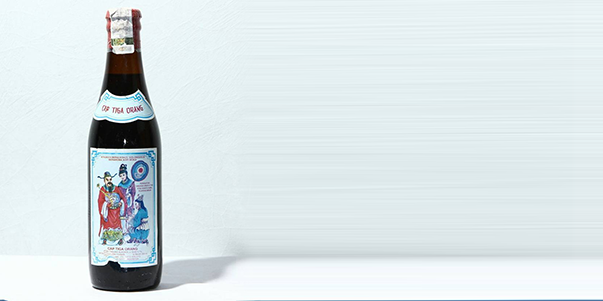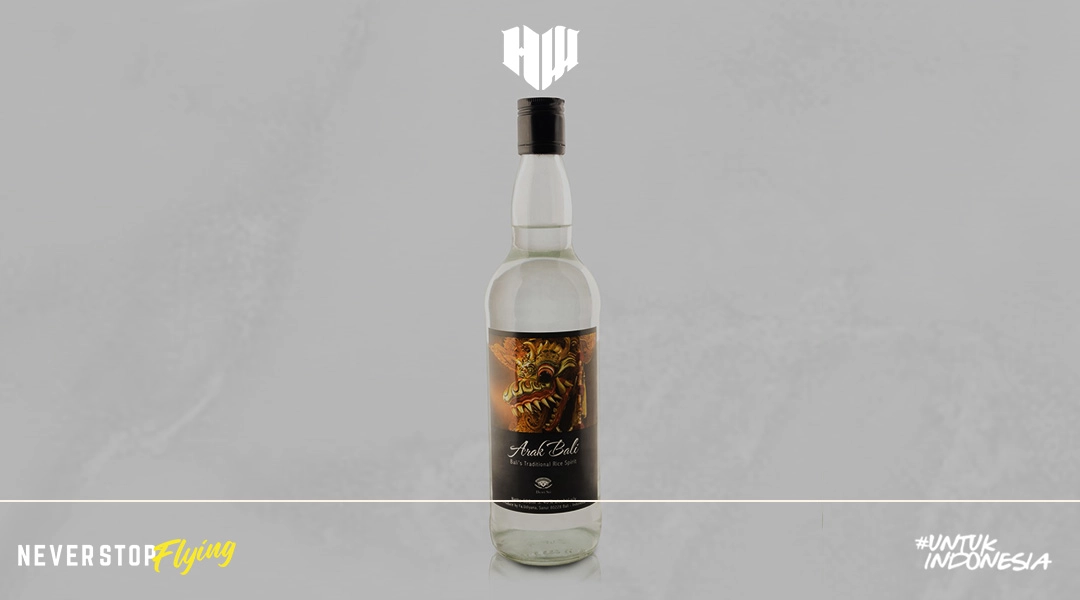Intrigued by the diverse world of Indonesian alcohol beverages? The country boasts a rich tapestry of such drinks, each intricately woven with unique regional traditions and sourced from indigenous raw materials. In certain areas, these libations even step in as a vital alternative to scarce clean water sources.
Embarking on a journey to uncover the origins of Indonesian alcoholic beverages promises to be an enriching cultural experience, expanding your understanding of this vibrant country. Join us as we delve into the fascinating discussion below!
7 Indonesian Alcohol Beverages
1. Sopi
Derived from the Dutch term “zoopje,” meaning liquid alcohol, sopi is a cherished traditional libation crafted from coconut sap. It serves as a poignant symbol of community unity, often gracing the tables of traditional gatherings and celebrations.
After years in the shadows, the local government officially legitimized Sopi in 2019, marking a significant milestone in its cultural recognition. Affectionately referred to as the Indonesian-style sake, Sopi offers a unique and flavorful glimpse into the country’s rich tapestry of beverages.
2. Swansrai
Originating from Papua, swansrai emerges from the fermentation of matured coconut water. This distinctive Indonesian alcoholic beverage boasts an alcohol content ranging between 20 to 30 percent and is traditionally presented in coconut shells.
Swansrai holds a special place in local customs, often offered to honor esteemed guests. This bitter elixir is a staple in various regions of Papua, including Biak, Numfor, and Supiori.
3. Ballo
This indigenous alcoholic from South Sulawesi is crafted from the sap of palm trees and typically presented in a bamboo vessel. Initially, ballo was a regal offering, reserved to delight esteemed guests. However, it has since become accessible to all.
Apart from the lontar palm, ballo can also be fashioned from rice or nipa trees. The production process is straightforward, involving a series of fermentation, settling, and distillation steps.
4. Ciu
Ciu, originating from Central Java, boasts a crystal-clear appearance and boasts a history dating back to the 8th century, tracing its roots to the royal era. This libation is a common sight at gatherings of the middle and lower classes.
Within the realm of ciu, two distinctive variations take the stage: ciu Sukoharjo and ciu Bekonang. The defining contrast between the two lies in their respective raw materials. Sukoharjo ciu emerges from the fermentation of liquid cassava, whereas Bekonang ciu finds its essence in distilled molasses.
5. Tuak
Tuak, a spirited elixir born from the fermentation of neera, begins as a mild alcoholic brew. Typically, tuak boasts an alcohol content ranging from 5 to 20 percent.
While tuak has garnered national popularity, this Indonesian alcohol beverage’s origins trace back to the enchanting landscapes of North Sumatra. In the heart of local communities, particularly in Toba and Tapanuli, tuak holds a cherished place, often gracing the tables of traditional gatherings and celebrations.
6. Balinese Arak
True to its name, Balinese arak or arak Bali is deeply woven into the fabric of Balinese culture. This spirited elixir plays a significant role in religious ceremonies across Bali, where it is offered as a tribute to the divine. So integral is its presence, that Balinese arak has earned the distinguished title of being recognized as an Intangible Cultural Heritage by the Ministry of Education, Culture, Research and Technology.
7. Cong Yang

Next up on our tour of Indonesian libations is a specialty hailing from Semarang, nestled in the vibrant Chinatown district of Wotgandul. Cong yang is a delightful evolution from its predecessor, A Djong. Crafted from white rice, this beverage boasts a tantalizing interplay of sweet and tart notes upon consumption.
Now that we’ve uncovered a taste of Indonesian alcohol beverages, which ones have piqued your interest? If you’re keen on giving them a try, remember to savor them responsibly!



